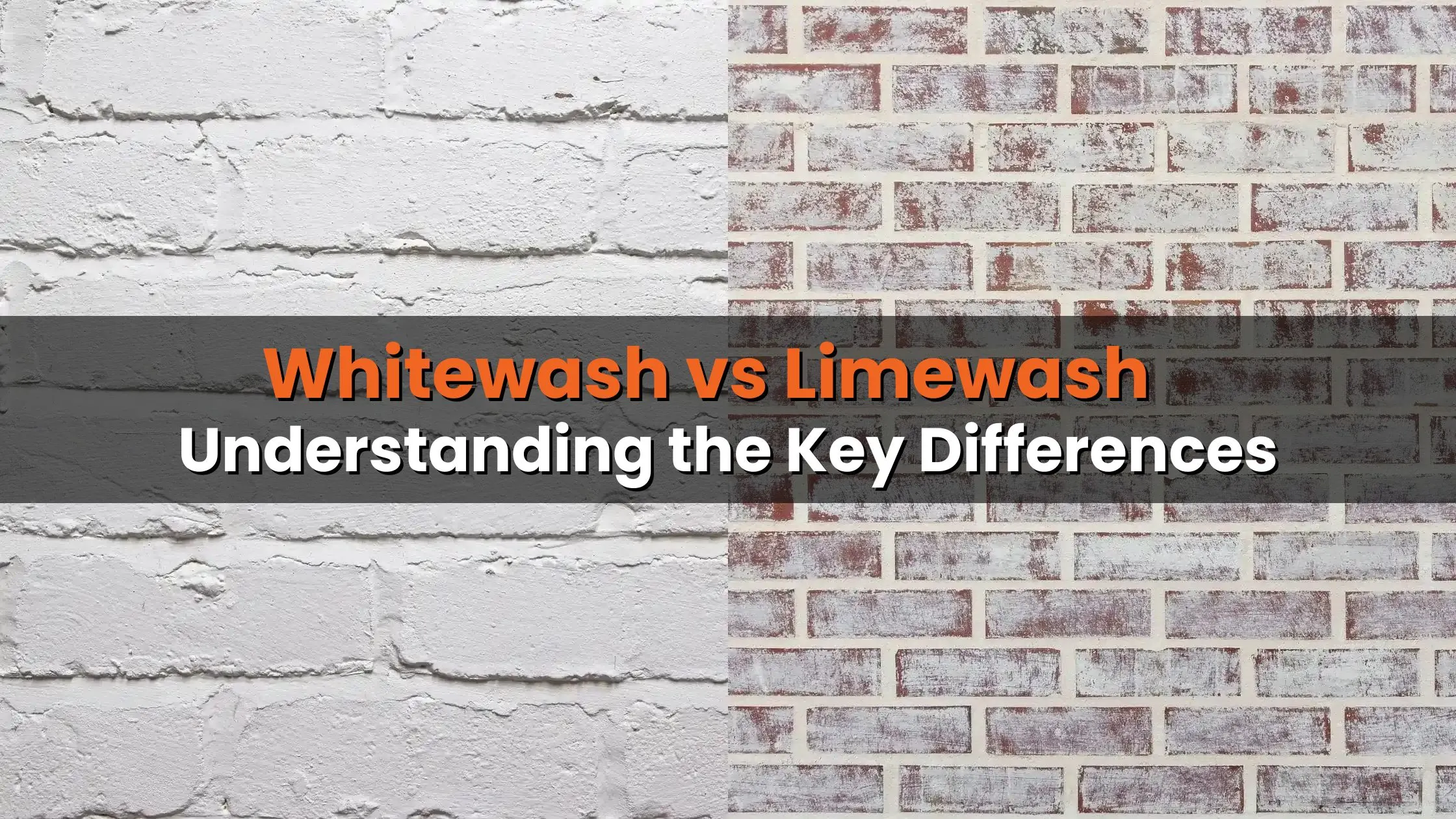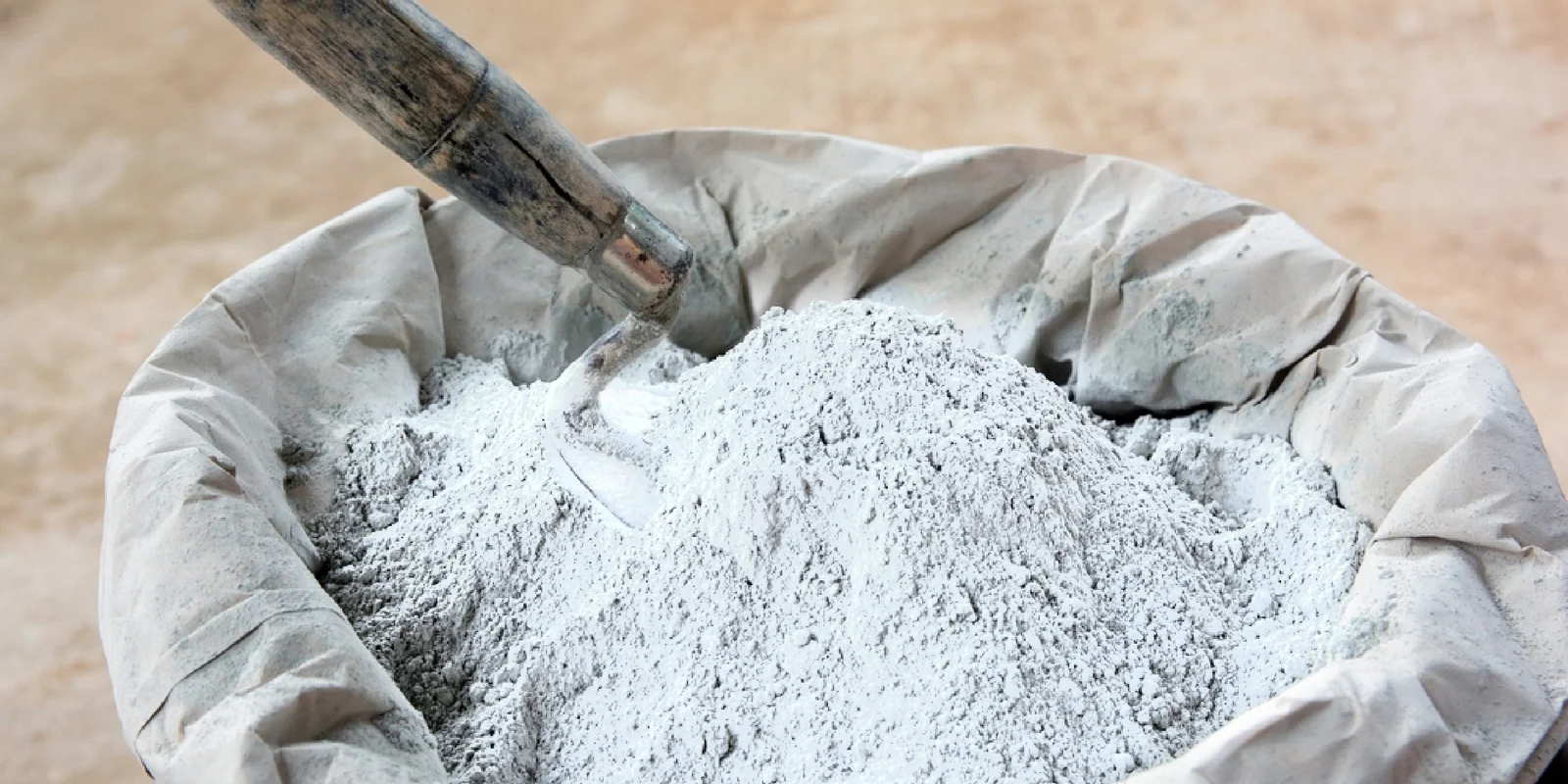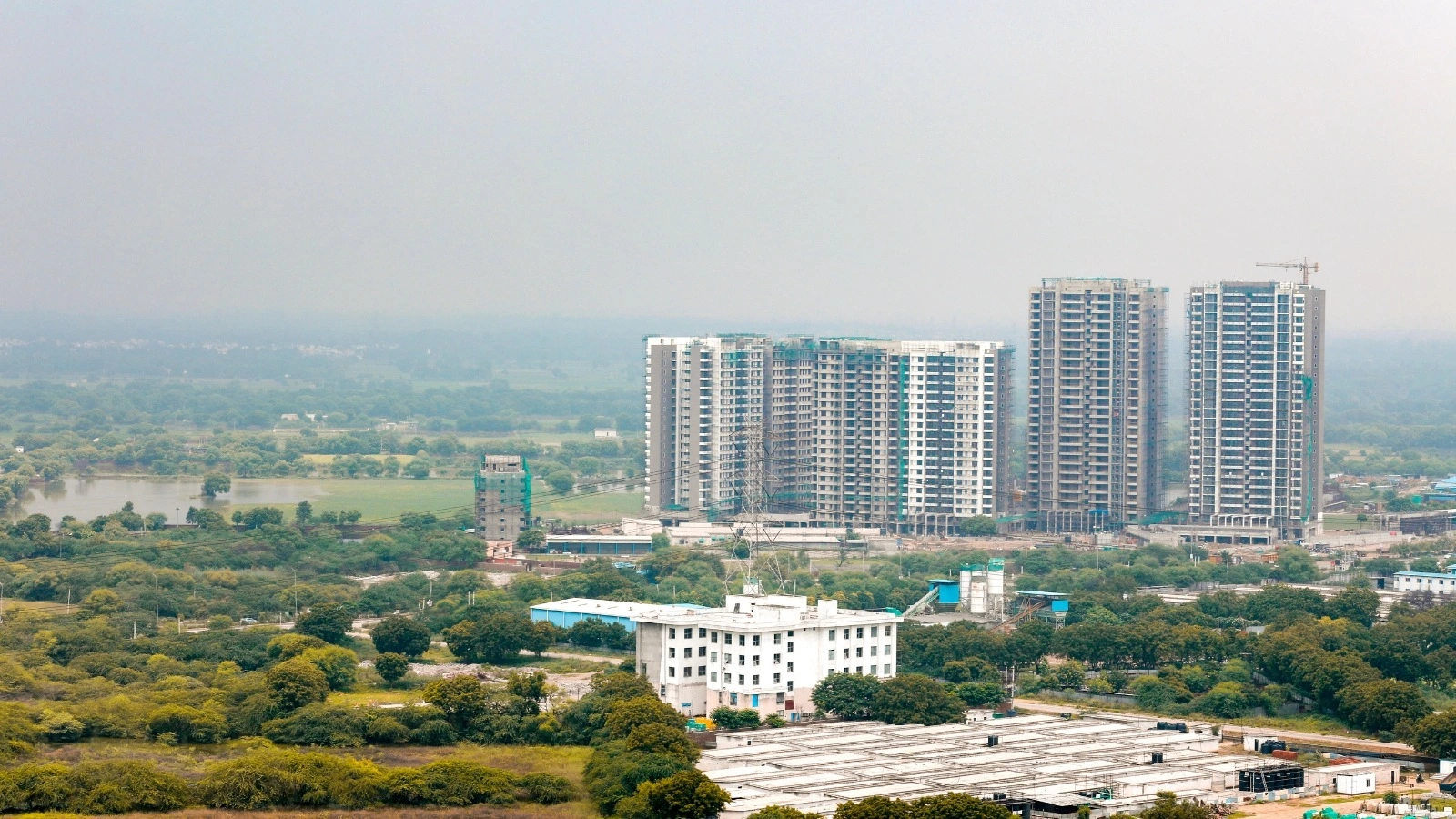Table of Content
When I was planning to give my home a fresh, budget-friendly makeover, I found myself stuck between two traditional yet timeless wall finishes whitewash and limewash. Growing up, I had seen these techniques used in old Indian homes, especially during festivals or before weddings. The walls would get this bright, clean look without costing a fortune. But as I started researching, I realised that while these two methods might sound similar, they are quite different in terms of composition, durability, and final appearance.
In this article, I’ll walk you through everything I discovered about Whitewash vs Limewash, from their benefits to application, and even some of the best Indian brands you can consider. My goal is to help you make the right choice based on your budget, design preference, and maintenance comfort.
What is Whitewashing?
I’ve always associated whitewashing with simplicity. It’s one of the oldest and most affordable ways to give walls a neat, bright look. Whitewash is essentially a mixture of slaked lime, water, and sometimes additives like salt for better adhesion. It has been used for centuries in Indian homes not just for its look but also for its cooling and antibacterial properties.
When applied, whitewash gives walls a matte, chalky finish. It reflects light beautifully, making interiors look more spacious and airy something I personally love in smaller rooms.
Also Read: Top 9 Roof Cooling Paint Brands to Beat the Heat
Key Features of Whitewash
From my own experience and research, these are the standout qualities of whitewash:
- Rustic and natural appeal – Perfect for traditional and farmhouse-style décor.
- Breathable – Allows moisture to escape, preventing dampness inside walls.
- Light reflective – Instantly brightens up the space.
- Eco-friendly – Made from natural ingredients.
How to Apply Whitewash
Whenever I’ve done whitewashing at home, I found that surface preparation is key. The wall needs to be cleaned of dust, peeling paint, and cracks before applying the mixture. Once mixed to the right consistency, it’s applied in thin coats using a brush. Allow the first coat to dry completely before adding another to get a consistent finish.
Benefits of Whitewash
Here’s why I still recommend whitewashing for certain projects:
- Cost-effective way to refresh walls.
- Health-friendly and non-toxic.
- Works with both modern minimalist and traditional interiors.
- Easy to reapply without much prep work.
Cost of Whitewashing in India (2025):
- Material Cost: ₹5 – ₹12 per sq. ft. (depending on brand and quality)
- Labour Cost: ₹8 – ₹15 per sq. ft.
- Total: ₹13 – ₹27 per sq. ft.
If you’re doing it yourself, it’s one of the most budget-friendly ways to refresh your walls
Best Whitewash Paint Brands in India
If you want to try whitewashing, here are some Indian brands I trust:
- Asian Paints TruCare White Cement Wash – Smooth, durable finish with bright whiteness.
- Indigo Paints White Cement Based Paint – Long-lasting and moisture-resistant.
- Berger Bison Acrylic Distemper (White) – Budget-friendly with a nice matte look.
- Shalimar Paints Super Whitewash – Easy-to-apply formula with great coverage.
Also Read: 13 Stunning Royal Texture Paint Designs For Hall
What is Limewashing?
Limewash, on the other hand, feels like whitewash’s more sophisticated cousin. It’s made from slaked lime mixed with water, but the formulation allows for a smoother, more polished look. I’ve often seen limewash used in heritage properties and even high-end cafés trying to capture that Mediterranean charm.
One of the things I love about limewash is that it penetrates the surface instead of just sitting on top like regular paint. This makes it more durable, and the finish develops a beautiful, natural patina over time.
Key Features of Limewash
Here’s what makes limewash special:
- Elegant, chalky finish that looks timeless.
- Highly breathable – Great for moisture control.
- Customisable colours – Can be tinted for different shades.
- Strong surface bonding – Lasts longer than whitewash in most cases.
How to Apply Limewash
From my trials, I can say limewashing needs more patience than whitewashing. The wall should be slightly damp before application, and each coat should be thin and even. The drying process is slower, but the result is worth it a soft, velvety finish that feels natural and lived-in.
Benefits of Limewash
- Long-lasting protection for walls.
- Eco-friendly and free from harmful chemicals.
- Creates a healthier indoor environment.
- Ages gracefully without peeling.
Cost of Limewashing in India (2025):
- Material Cost: ₹8 – ₹18 per sq. ft.
- Labour Cost: ₹12 – ₹20 per sq. ft.
- Total: ₹20 – ₹38 per sq. ft.
It’s slightly more expensive than whitewash, but the longevity can make it worth it in the long run.
Best Limewash Paint Brands in India
These are some of my top recommendations for limewash:
- JK Cement JKC WhiteMaxX Limewash – High-purity lime with great coverage.
- Birla White Wallcare Limewash – Smooth, uniform finish.
- Nerolac Excel Organic Limewash – Moisture-resistant and eco-safe.
- Shalimar Paints Premium Limewash – Traditional formula with improved durability.
Whitewash vs Limewash: The Key Differences
When I was deciding between the two, here’s how I compared them:
|
Feature |
Whitewash |
Limewash |
|
Composition |
Lime, water, salt |
Slaked lime, water, natural pigments |
|
Finish |
Chalky, rustic white |
Smooth, velvety, can be tinted |
|
Durability |
1–3 years before reapplication |
3–5 years or more |
|
Cost |
₹13–₹27 per sq. ft. |
₹20–₹38 per sq. ft. |
|
Best For |
Bright, airy look on a budget |
Rich, heritage-style aesthetic |
|
Maintenance |
Needs touch-ups sooner |
Longer-lasting with less maintenance |
Also Read: 15 Royal Modern Texture Paint Designs Ideas for Your Home 2025
Conclusion
In the end, my choice between whitewash vs limewash depends on the project. For a quick, affordable refresh, I go for whitewash. But if I’m working on a space where I want a sophisticated, long-lasting look, limewash is worth the investment.
Both are eco-friendly, breathable, and have a certain nostalgic charm that modern paints can’t match. My advice? Test a small patch on your wall before committing you might be surprised at which one you fall in love with.
Follow AquireAcers Whatsapp Channel to Stay Updated With The Latest Real Estate News











_1766133697.webp)
Ans 1. Whitewash is a simple mixture of slaked lime, water, and sometimes salt, producing a chalky, rustic white finish. Limewash also uses slaked lime but includes natural pigments, resulting in a smoother, more velvety finish that can be tinted in various colours.
Ans 2. Limewash generally lasts longer, typically 3 to 5 years or more, while whitewash may need reapplication every 1 to 3 years due to its lighter, less durable nature.
Ans 3. Yes, both are made from natural materials like lime and water, making them environmentally friendly options compared to synthetic paints with chemicals.
Ans 4. Yes, both can be applied indoors and outdoors. Whitewash brightens interior walls and offers a breathable surface, while limewash is often preferred for heritage or textured walls and offers moisture control.
Ans 5. Whitewash is more budget-friendly, costing roughly ₹13–₹27 per sq. ft., including labour. Limewash is pricier, at about ₹20–₹38 per sq. ft., but offers better durability and finish quality.
Ans 6. Yes, whitewash is generally easier and quicker to apply, needing a clean, dry surface and thin coats. Limewash requires the wall to be slightly damp, thin even coats, and longer drying times, demanding more patience for a refined finish.
Ans 7. Absolutely. Limewash can be tinted with natural pigments, allowing for subtle shades beyond plain white, which is ideal for creating customised and elegant looks.
Ans 8. Whitewash usually needs touch-ups more frequently due to its lighter wear resistance, while limewash, with stronger bonding and moisture resistance, requires less frequent maintenance.
Ans 9. Both are highly breathable and allow moisture to escape, making them excellent choices for humid climates to prevent dampness and mold buildup.
Ans 10. It’s best to apply these finishes on clean, bare masonry or plaster. Existing paint may need to be removed or thoroughly cleaned for the lime or whitewash to adhere properly.